Mount Lawley
This brief history focuses primarily on the southern portion of Mount Lawley that falls within the City of Vincent. This area is south of Walcott Street and east of Norfolk Street running across to the Swan River.
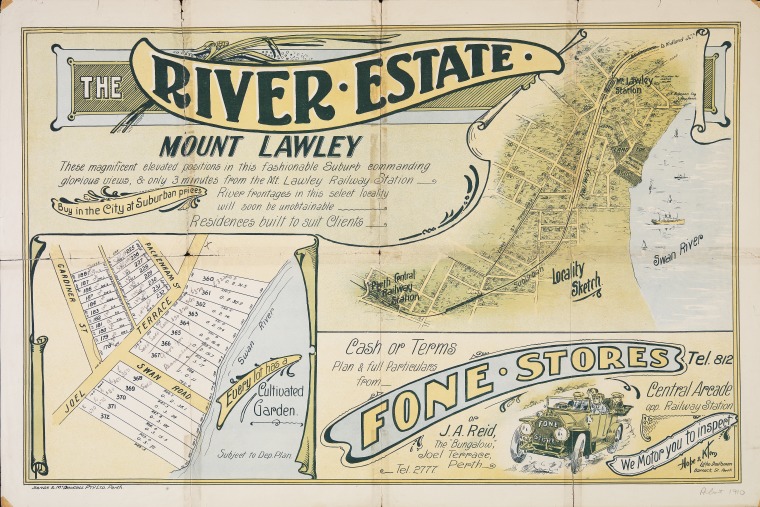
The River Estate Mount Lawley, c.1910 (SLWA 57/6/55)
Early History
The Mount Lawley area is home to several Aboriginal cultural heritage sites. The Swan River itself and the area down by the river at Banks Reserve is noted for its significance as a Noongar meeting place and camp site with a mythological connection to the Waugal rainbow serpent, creator and protector of waterways. ‘Warndoolier’ is the Noongar name that appears on early maps of the area around Banks Reserve.
Following European colonisation, the eastern portion of the district was parceled up as Swan Location A5 and the track connecting Perth and Guildford (which later became Guildford Road) was an important transport route.
Early colonial land holders included Peter Wicks (until 1836) and Sir William Henry Drake (until 1881), after which it passed on to several different investors and remained undeveloped, as did the rest of Mount Lawley which was retained as Crown Land in this early period.
In 1871, the City of Perth was established with its northern boundary at Walcott Street. The construction and opening of the Fremantle to Guildford railway in 1881 improved access to the area and hastened development.
The area where the tracks crossed Guildford Road was a dangerous intersection to many known as ‘Fenian Crossing’, named for the Irish convicts who built it. The frequency of accidents led to the eventual construction of the Mount Lawley Railway Bridge (Subway) in 1907.
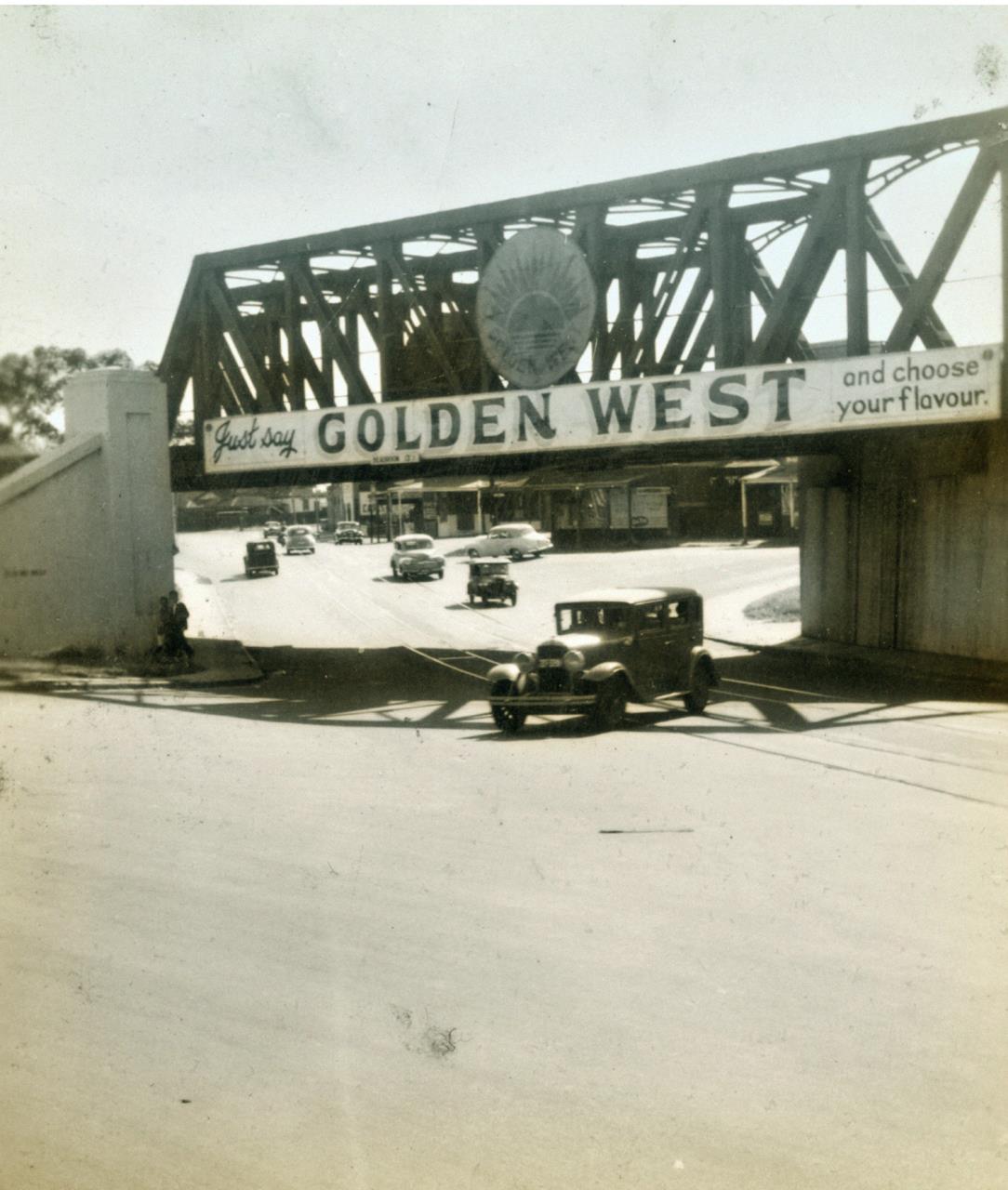
Cars driving on Guildford Road under the Mount Lawley Subway ,1954 (COV PHO4226)
1890s – 1940s
The mining and investment boom of the 1890s stimulated residential development in Perth, including in the Mount Lawley area. Tent cities sprang up along the river in Mount Lawley and subdivision of crown land and farmland took place in proximity to the railway line and the newly established tram service, which ran along Beaufort Street up to Walcott Street.
An early home in the area was Hallyburton House built in 1893 at 49 Walcott Street. It was the first house fronting Walcott Street built from wood for James (a stone-mason) and Janet Hallyburton (a local midwife). It was known to locals as ‘the lighthouse’ because the light in the turret could be seen from down the hill in Highgate.

Hallyburton House, 49 Walcott Street, c.1970 (COV PHO1776)
In 1901, Mount Lawley was formally proclaimed as a suburb named in recognition of Sir Arthur Lawley, Governor of Western Australia from 1901-02.
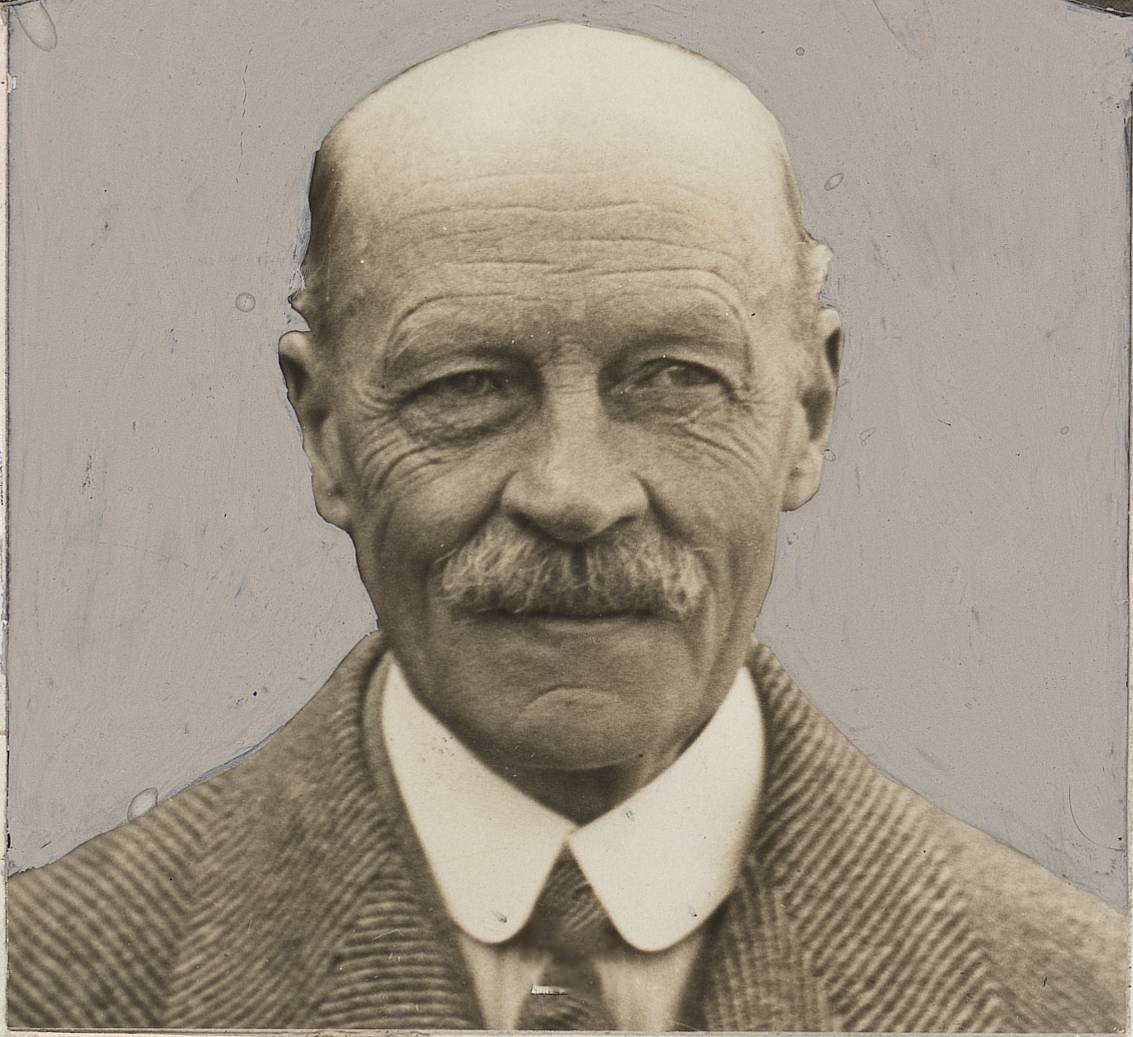
Sir Arthur Lawley, Governor of Western Australia 1901-02 (SLWA 3881B/145)
By 1906, the tram lines had been extended along Walcott to York Street, the extension underwritten by private developers Copley & Robinson who were responsible for subdivision and sale of much of the Mount Lawley area. By 1924, a single track extension was constructed from the terminus on the corner of Lincoln Street in Highgate along Lord Street via the Mount Lawley subway to Maylands. The tram hastened residential growth and business development along Beaufort Street.

Tram line on Beaufort & Walcott Streets, 1931 (COV PH01772)
In 1911, builder Simon Bremner Alexander constructed the Broadway Building (later known as the Alexander Building), a two storey shopping and residential complex. Directly opposite in 1914-15 he built the Lyceum Building which housed shops, the Lyceum Theatre (renamed the ‘State Theatre’ in 1922 and the Astor in 1941) and a picture garden. Alexander was a well-known builder/contractor in Perth who also constructed the Fremantle Railway Station, Perth Modern School and additions to the WA Museum and Police Court buildings on Beaufort Street. After his death, his son refurbished the Beaufort Street buildings in the late 1930s with an art deco style facade designed by architect Richard Summerhayes.
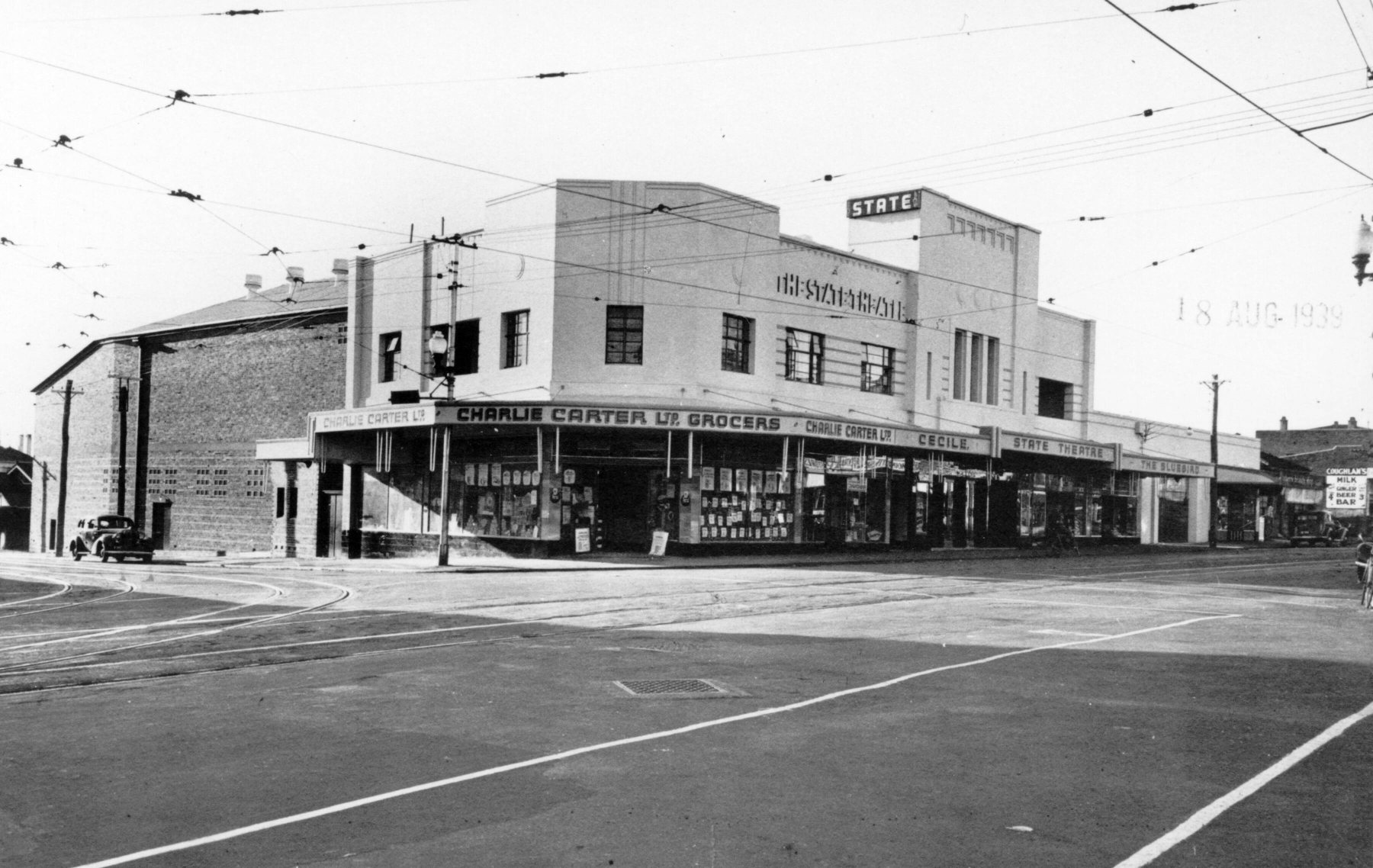
Lyceum Buildings, Mt. Lawley and the Lyceum Theatre, later the State Theatre and its art deco renovation, 1939 (SLWA 004098D)
Mount Lawley’s rich Art Deco heritage dates from the 1930s, when a number of private dwellings, flats and commercial premises were constructed in the Art Deco style.
During the 1930s, flats became popular with several blocks erected in the Mount Lawley area including the Waihemo Flats at 686 Beaufort Street and the Roslyn Flats at 94 Walcott Street.
In 1934, the Clarke Building at 639 Beaufort Street was built for William Beattie who ran a wine saloon. It was later run as a pub under various names including the Flying Scotsman and is today ‘The Elford’ named for George Henry Elford who ran a printing business turned wine saloon at 483 Beaufort Street in the early 1900s.
Other notable Mount Lawley buildings dating from the 1930s include the former ‘Star’ motor garage and petrol station built in 1938 on the south-east corner of Walcott and Beaufort, (later Planet Video and now a Mexican restaurant). The service station heralded the advent of the motor car and the increasing road congestion of William, Beaufort, Lord Streets and East Parade which became major traffic arteries in and out of Perth.
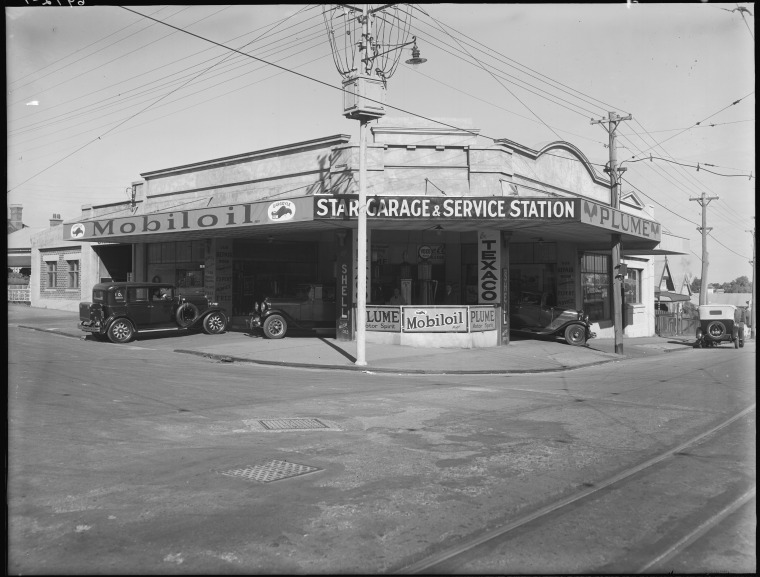
Star Garage and Service Station on the south east corner of Walcott & Beaufort Streets, 1932 (SLWA b3513553_1)
Another landmark building from the 1930s is the Forrest Park Methodist Church at 41 Walcott Street. Built in 1933, the Gothic style building operated as a church until 1982 when it was deconsecrated after the amalgamation of the Congregational, Methodist and Presbyterian Churches in Australia led to rationalisation of Uniting Church assets. The building was converted for use as a restaurant and later as a dental surgery (operating today as the Walcott Street Surgical Centre).

Wedding at the Forrest Park Methodist Church, Mount Lawley, 1960s (COV PHO4079)
Forrest Park, across from the church on Walcott and Harold Streets, was established as a recreational reserve in the early 1900s. It was used for a variety of sports including lacrosse, rugby, cricket, football and soccer. In 1913, the fences and gates surrounding the park were in disrepair and local residents complained of stray cows and horses in the park, including racehorses being trained there by a horse trainer who lived nearby. In March 1914, there was a public outcry after Perth City Council allowed Seventh Day Adventists to camp at the park for the annual conference. Several years later, in 1922, similar complaints were aired when 400 delegates set up camp in 130 tents for another Seventh Day Adventist conference. The Sunday Times editor wrote, “Forrest Park is considerably used as a playground for young children as well as a sports ground for older boys and girls, and the residents in this district feel very sore about them being deprived of their rights.” (Sunday Times, 12 March 1922).
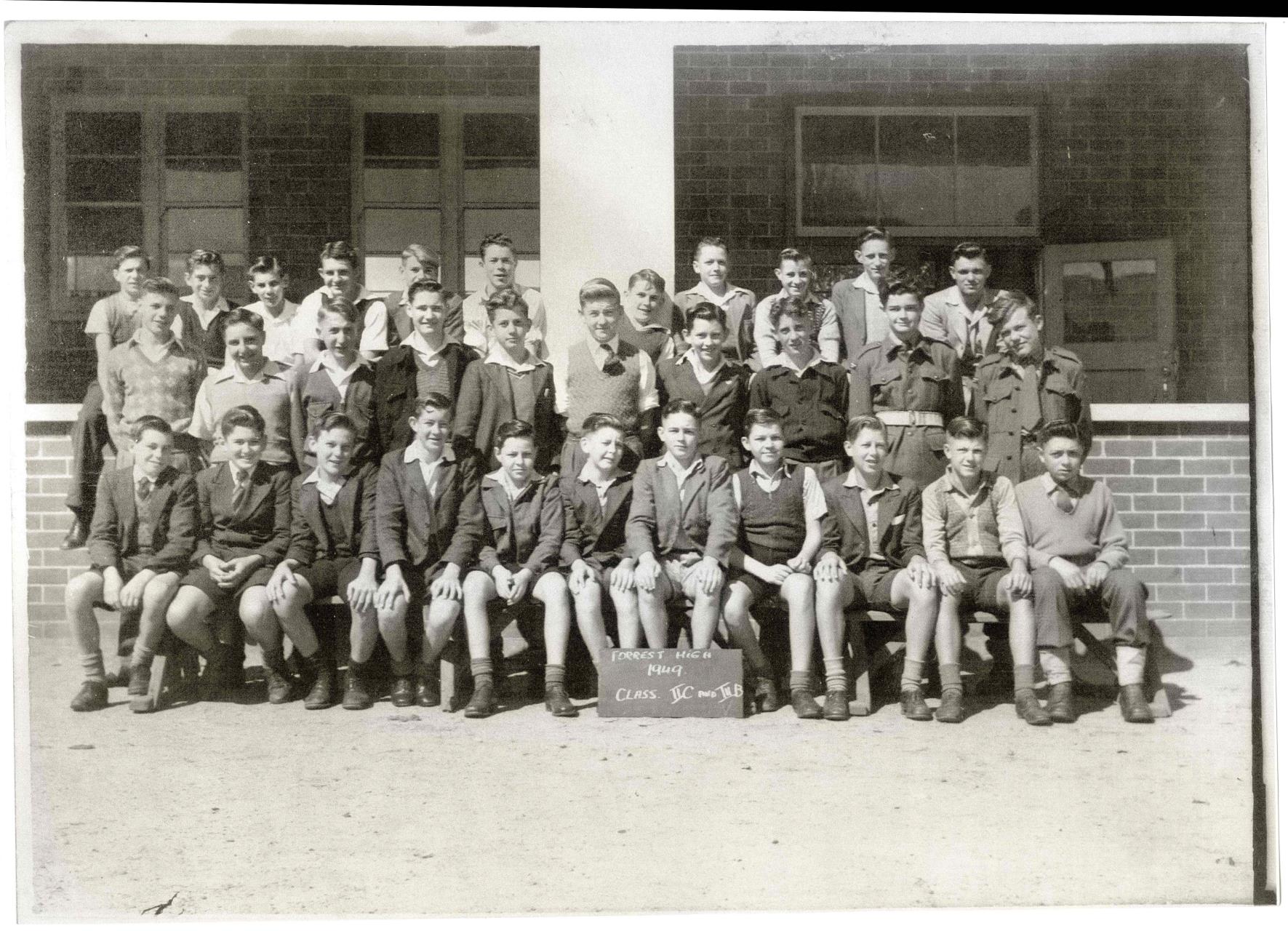
Forrest Technical High School, classes 2C and 3B, 1949 (COV PHO3976)
From 1908, the south eastern corner of Forrest Park Reserve was the site of Norwood State School. Later, in the late 1940s, Norwood State School was converted to Forrest Technical High School, which was a high school for boys that helped relieve pressure on the crowded Junior Technical School on Newcastle Street. It was not until much later in 1955 that another public secondary school, Mount Lawley High School, was established in the area.
Other schools established in the Mount Lawley during this earlier period included Mount Lawley Primary (State) School on Second Avenue in 1912, and Perth College, the private Anglican girl’s school which moved to its Mount Lawley location on Lawley Crescent in 1916.
From the early 1920s, Mount Lawley was also home to a hostel for children who were wards of the state awaiting placement with foster parents or waiting to appear before the Children’s Court. The hostel was located on the corner of Walcott Street and Lord Street and was run by the Department of Community Welfare. Over the years it was known variously as the Government Receiving Depot, the Child Welfare Reception Home, the Mt Lawley Reception Home and later the Walcott Centre. It stopped being a residential facility in 1984 and housed the Community-Based Offenders Program until 1993. It currently houses the Central Metropolitan Youth Justice Services run by the Department of Justice to help divert early and minor young offenders from the formal judicial system.
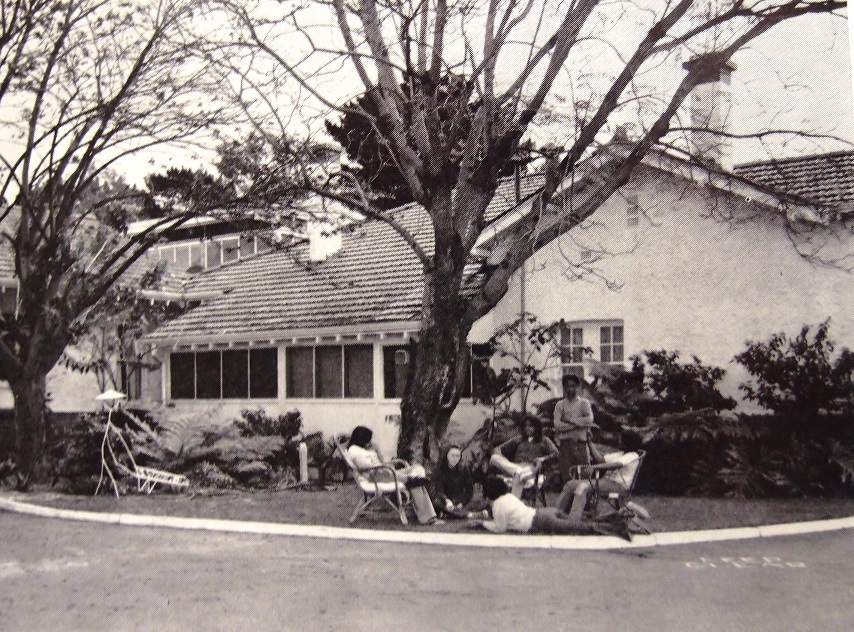
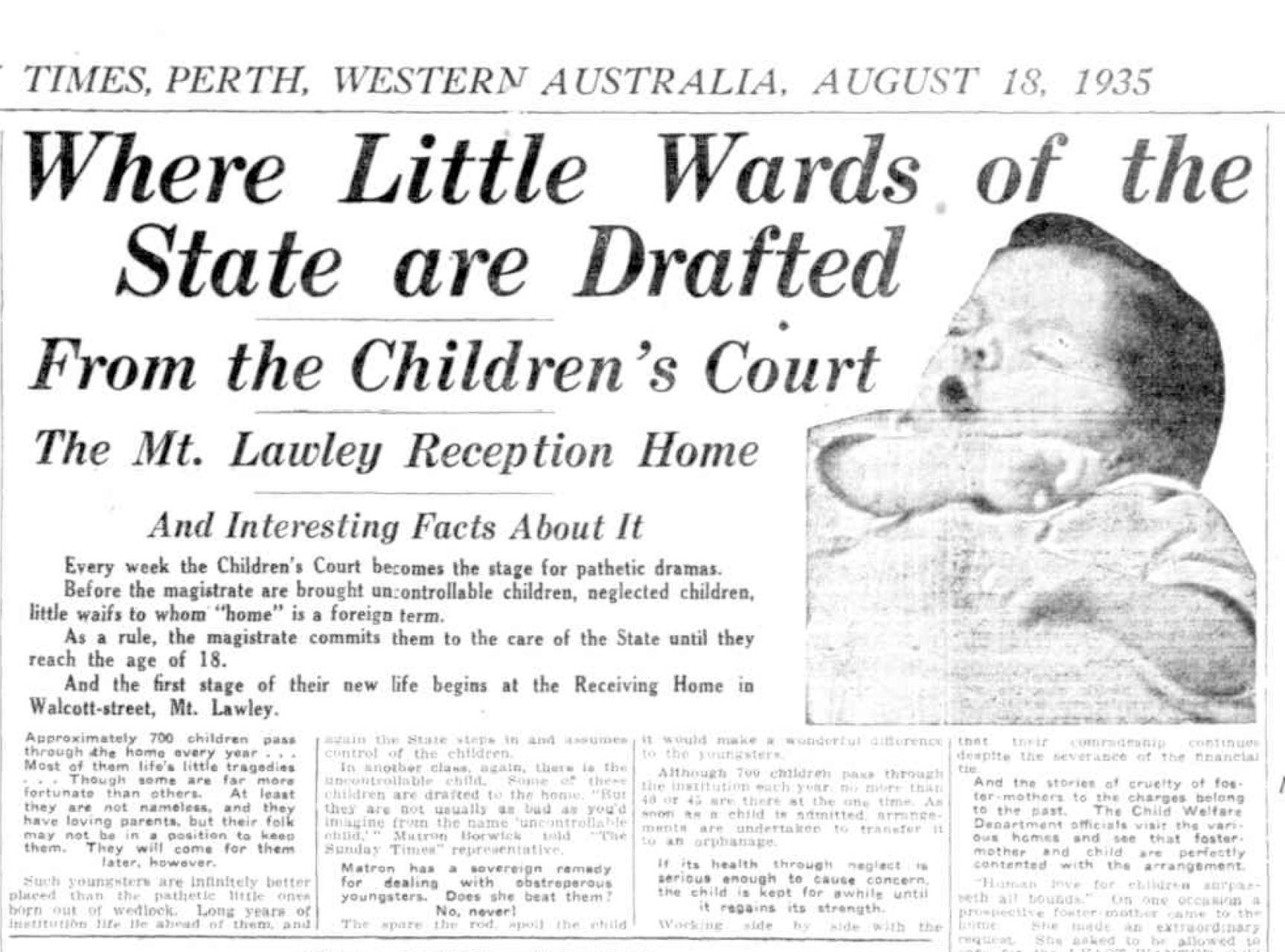
Mount Lawley Reception Home, 1975 (Department of Child Protection) Trove: The Sunday Times, 18 August 1935.
1950s - 2000s
Population growth in the post-war period saw the corresponding development of new homes in the area, including more modest homes for returned servicemen and new migrants from Italy, Greece, Croatia, Poland and Eastern Europe. Housing shortages and lack of building materials in the early post-war period led many residents to undertake makeshift alterations to increase living spaces to accommodate more than one family.
Building supply shortages also affected businesses. Former soldier and Mount Lawley resident and businessman Solomon Bercove was fined by Perth City Council for not adhering to building plans for the shop he constructed at 628 Beaufort Street in 1946 due to shortage of materials. Undeterred, the Bercoves opened the ‘Mount Lawley Frock Shop’ in 1947 and operated the business until the early 1960s, when it became ‘Highgate Furnishers’ and later a restaurant.
Next door at 623 Beaufort Street, the Balshaw family established Balshaw’s Florist & Garden Centre in 1962, moving from their original premises in Fitzgerald Street, where they previously traded as ‘Morley Park Florist’. The family-owned business celebrated its 70th anniversary in 2021 but closed its Mount Lawley premises in June 2023.
Another family business on Beaufort Street was the Bluebird Tearooms at 661 Beaufort Street, run by Despina Kalaf and her family from 1954 to 1972. The Bluebird was located next door to the Astor Theatre, which had become a rundown shadow of its former self by the 1950s and ‘60s with falling cinema attendances due to the introduction of television.
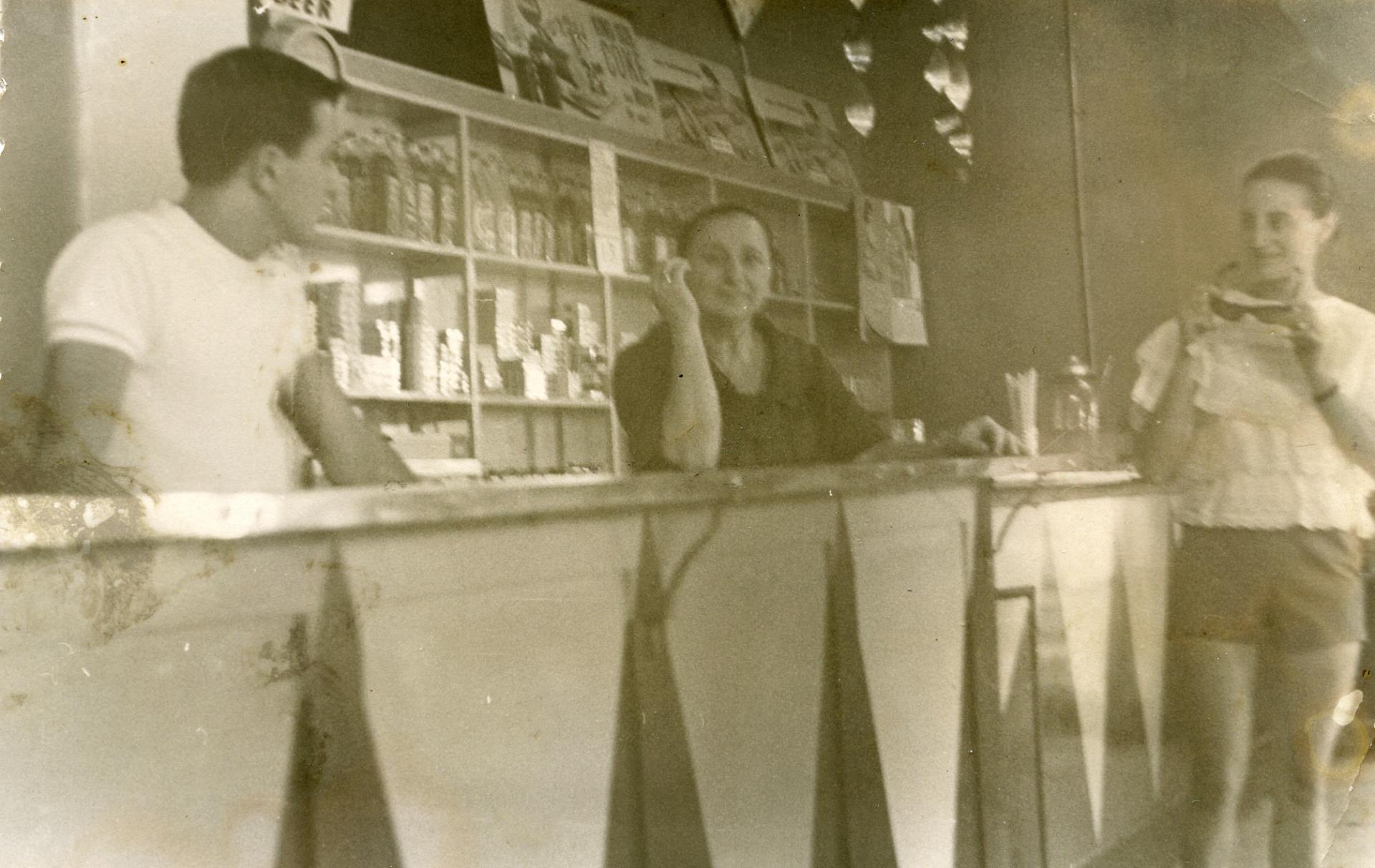
Peter, Despina & Julie Kalaf at the Bluebird Tearooms, 1960 (COV PH06413)
In the late 1970s and ‘80s, the Astor was threatened with demolition until it was leased and refurbished by Entrevision Cinemas, who returned it to its former Art Deco glory in 1989. The Astor was classified by the National Trust in 1988 and listed on the State Register of Heritage Places in 1999. While the cinema’s commercial fortunes have waxed and waned, it is a significant icon on Beaufort Street, drawing audiences for live music, comedy and community events, which helped spur the revival of Beaufort Street as an entertainment precinct in the 1990s and 2000s.
In 2009, Western Australia’s first ‘town team’ the Beaufort Street Network was formed to enhance and promote the amenity of the area. The group was active in reinvigorating Beaufort Street through different initiatives, including the annual Beaufort Street Festival which ran from 2010 to 2016.
Today, Mount Lawley (inclusive of City of Perth, Bayswater and City of Vincent areas) is home to an estimated resident population of just over 11,000 people, with approximately 3,500 people (roughly 30%) resident in the area that is part of the City of Vincent, south of Walcott and east of Norfolk Street running across to the Swan River (ABS 2021). The suburb has a much higher proportion of professionals (38% of people over 15) and tertiary educated residents (46%), with considerably higher median personal, family and household incomes relative to the state and national average (ABS 2021). It also has a much higher proportion of flats and apartments relative to the Western Australian average (27.6% of occupied dwellings are flats or apartments compared with 6.5% for the state average) and higher property values reflected in higher median weekly rent or mortgage repayments.
.
For more great photos of Mount Lawley visit the Local History Image Gallery: Mount Lawley History Album
If you have any further information or photographs about Mount Lawley, please contact us at local.history@vincent.wa.gov.au